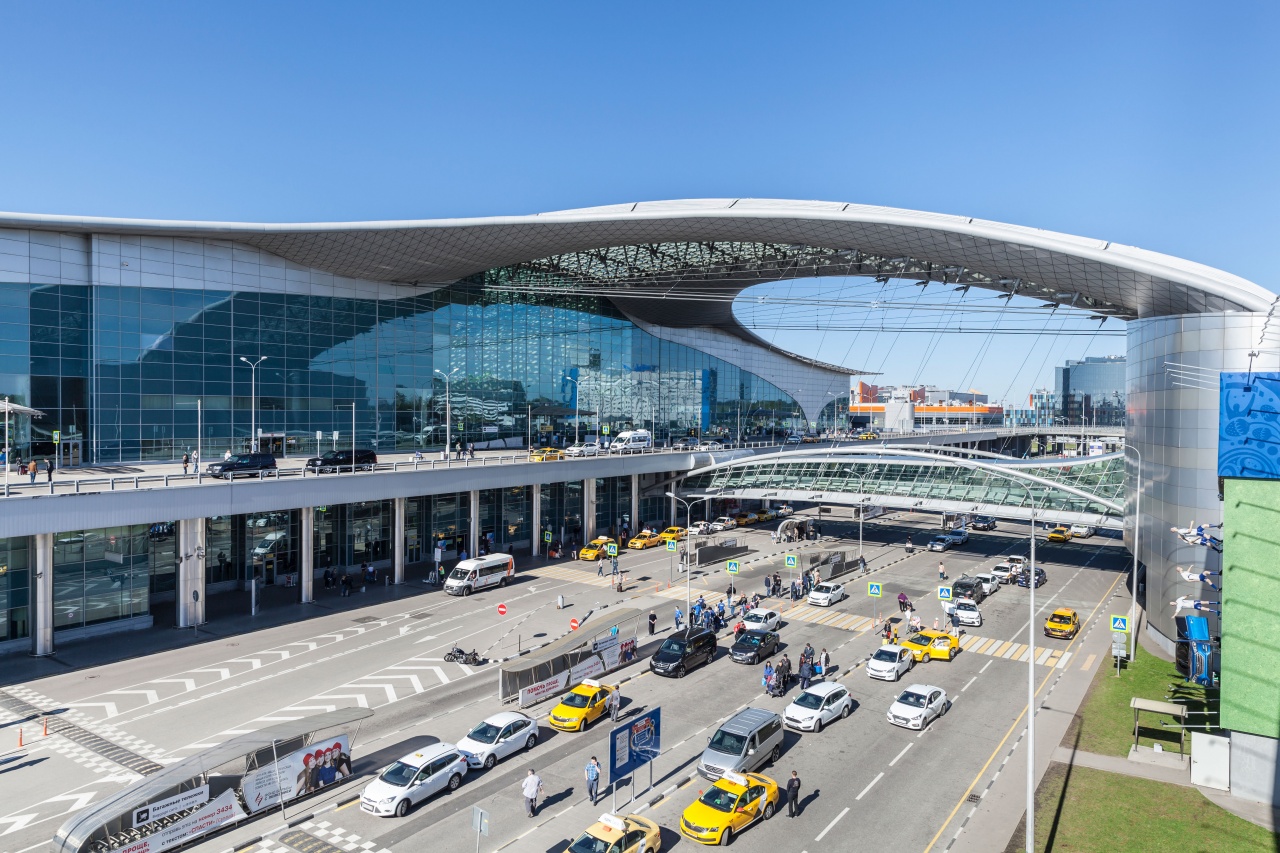Security in international airports is a top priority, as millions of passengers pass through these hubs every day. To maintain safety, airports implement a wide range of security measures designed to protect passengers, staff, and the infrastructure itself. From advanced technology to stringent screening procedures, these measures help mitigate risks while ensuring smooth operations. In this article, we’ll explore the key security practices employed in international airports, their effectiveness, and how they contribute to a safer travel experience.
Passenger screening and baggage checks
One of the most visible security measures in international airports is the comprehensive screening process for passengers and their luggage. Before boarding, passengers must pass through metal detectors, while their carry-on items are scanned by X-ray machines. These procedures are designed to detect prohibited items such as weapons, explosives, or other dangerous materials. Additionally, many airports now use body scanners to enhance detection capabilities, making it harder for passengers to conceal restricted items. Checked baggage also undergoes thorough screening, using high-resolution imaging systems to identify potential threats. These screening processes have become more advanced over the years, significantly improving the detection of dangerous materials.
Advanced technology and biometric systems
International airports are increasingly relying on advanced technology to enhance security measures. Biometric systems, such as facial recognition and fingerprint scanning, are becoming more common in airports around the world. These technologies are used at various stages of a passenger’s journey, from check-in to boarding, helping to verify identities quickly and accurately. Automated security gates equipped with biometric scanners can reduce the risk of identity fraud while speeding up the boarding process. Moreover, many airports employ sophisticated surveillance systems, including CCTV cameras with real-time monitoring capabilities. These systems allow security personnel to monitor airport activity closely, detect suspicious behavior, and respond to incidents immediately.
Perimeter security and access control
Ensuring that the airport’s perimeter is secure is another crucial aspect of safety in international airports. Airports often use a combination of fences, barriers, and surveillance systems to prevent unauthorized access to restricted areas, such as runways and cargo facilities. Access control systems, which require personnel to use ID badges or biometric verification, are implemented to regulate who can enter sensitive areas. Additionally, airport security teams regularly patrol the airport grounds to ensure that security protocols are being followed. In some high-risk areas, airports also use motion sensors, infrared cameras, and ground radar systems to detect and prevent any breaches.
